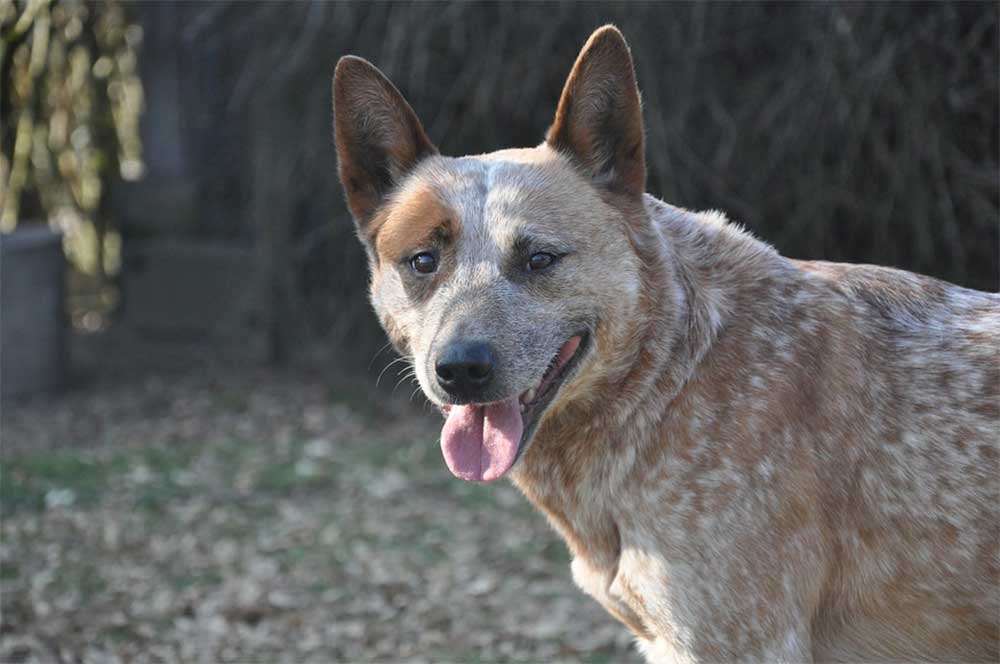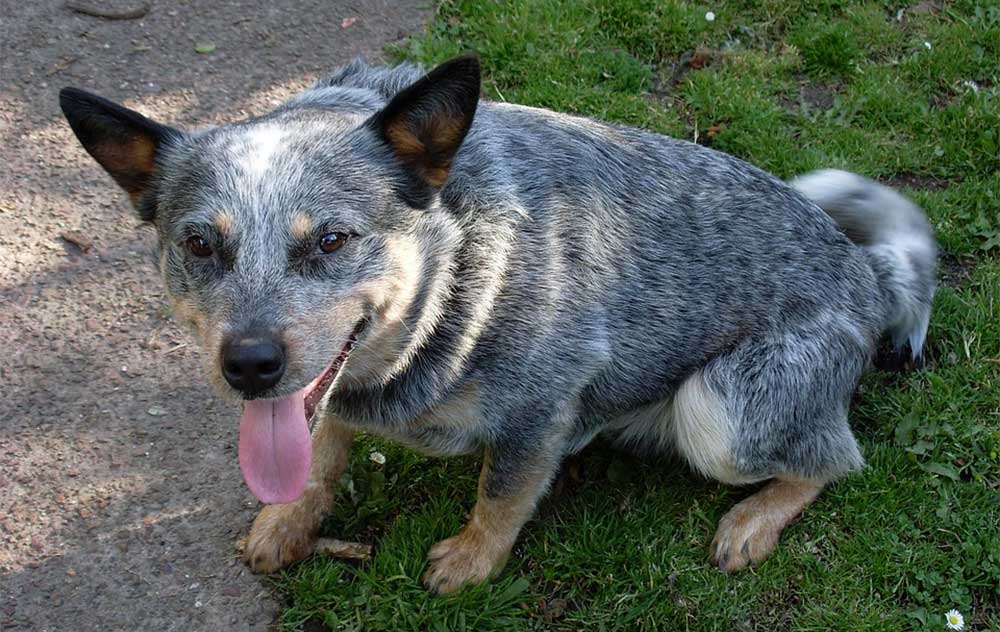The last thing that anybody wants is for their beloved dog to develop a health issue, but this is unfortunately something that can be quite common with Australian Cattle Dogs. So, if this is the breed that you are looking at getting, it is important to be aware of some of the health issues that they may be at a higher risk to.
It is important to be aware of these risks, as this will help you to know what signs to look out for, and how you can be as prepared as possible for the future. Just because a dog is at a higher risk for a certain condition, doesn’t mean that they will develop it, but it is important to know that it could be a possibility.

Do Australian Cattle Dogs Have Health Problems?
Unfortunately, different dog breeds can be more likely to develop certain health conditions than others, and Australian Cattle Dogs are of no exception to this rule.
There are a few health conditions that are often associated with this breed, and some of these conditions can include:
- Deafness
- Eczema – a skin condition that results in inflamed, itchy skin
- Hip dysplasia – hip joint laxity that occurs due to poor development, which will eventually lead to arthritis.
- Elbow dysplasia – elbow joint laxity that occurs due to poor development, which will eventually lead to arthritis.
- Portosystemic shunt – an instance of abnormal blood circulation, with the blood effectively bypassing the liver and entering general circulation.
- Luxating patellas – the kneecaps slipping temporarily out of place.
- Urolithiasis – the formation of stones in urine.
These are some of the conditions that this breed of dog is most likely to get, but they might not develop anything like this at all. For some of these conditions, there are screening programs that are available to determine their likelihood of developing them.
These programs allow breeders to screen for a range of more commonly inherited diseases, and this can be really helpful in predicting a puppy’s future.
A responsible breeder will screen for these conditions to find out if any complications could arise in the future. They may also have screened the parents and relatives of the dog, to check for genetic conditions. Some of the health tests that are recommended include:
- Hip Evaluation
- Elbow Evaluation
- Ophthalmologist Evaluation
- BAER Testing
- PRA Optigen DNA Test
- PLL DNA Test

Progressive Retinal Atrophy
This is a family of different eye diseases that include the gradual deterioration of the retina.
One of the early signs of this condition is night blindness, but your dog will eventually lose their sight during the day as the disease progresses. Many dogs that develop this condition can learn to live and cope with it.
Portosystemic Shunt
When functioning normally, the blood supply that drains the intestines will travel through the portal vein and into the liver, where it will be filtered and returned to the heart through the caudal vena cava.
A portosystemic shunt is an abnormal vein that connects to the blood supply that returns from the intestines to the vein, returning blood to the heart without going through the liver.
These can either be developed, or your dog could have been born with it at birth. Dogs that develop in dogs are likely linked with progressive liver dysfunction. This is a condition that is more likely to develop in larger dog breeds, like the Australian Cattle Dog.
Hip Dysplasia
This is a condition that is often inherited, and it occurs when the thigh bone does not fit as it should with the hip joint. Some dogs may show signs of pain and lameness in one or both of their back legs, but others may not show any signs of discomfort.
X Ray screening is the best way to diagnose the problem, but you should know that arthritis can develop as the dog gets older. A dog that has hip dysplasia should not be bred, which is why it is really important for the parents to be tested before breeding.
Deafness
This is another condition that can be inherited in the Australian Cattle Dog breed, but it can be tested for when the puppies are really young.
Dogs that are deaf should also not be bred. There are ways to determine if your dog has hearing problems, and to find out how severe they are, but there is no cure.
Luxating Patella
The patella is often referred to as the kneecap, and it can typically be found at the end of the femur, just above the knee. However, the term luxating actually means out of place, which means that a luxating patella is a kneecap that moves out from its normal place.
When this occurs, you might notice that your dog has a skip in heir step, or that they only walk on three legs, before returning to walking like normal as if nothing happened.
